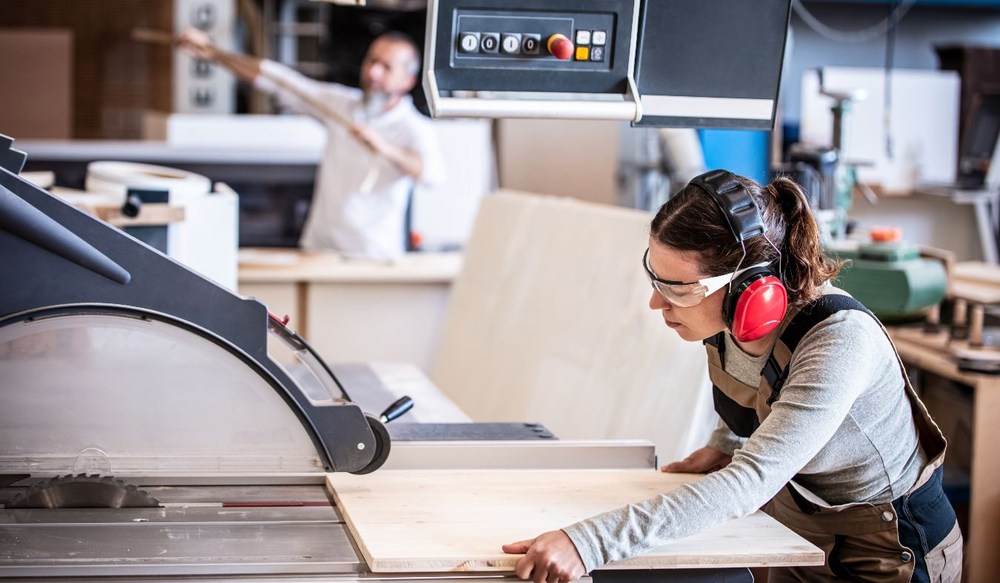The Future of Hearing Aid Technology
Hearing aid technology has advanced rapidly in recent years, offering new


Hearing aid technology has advanced rapidly in recent years, offering new

Hearing loss can significantly impact your daily life, affecting

When hearing changes begin to interfere with daily routines, working with